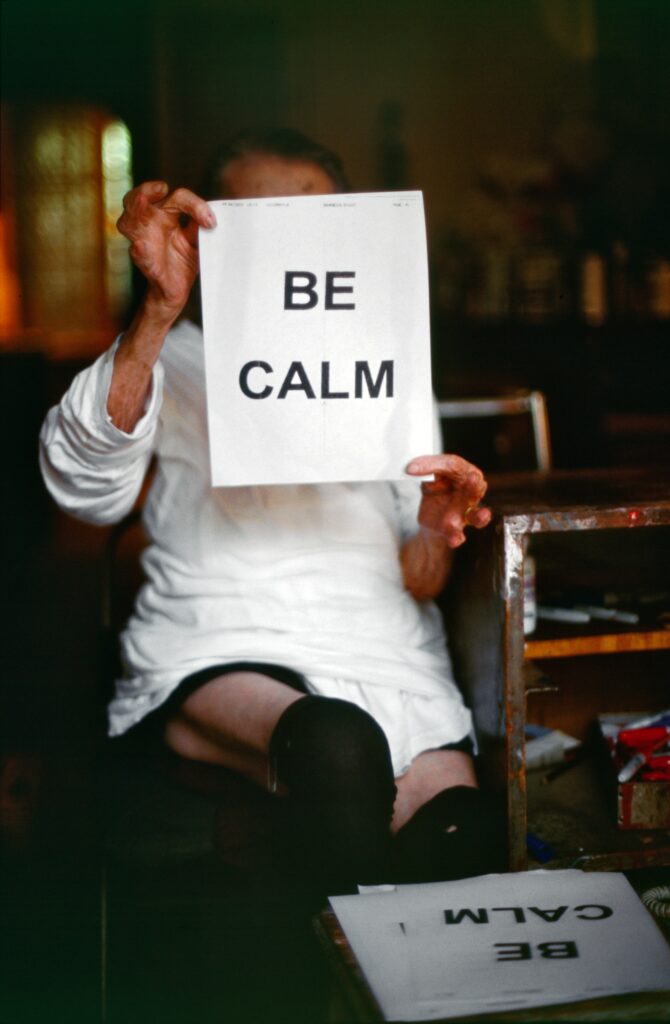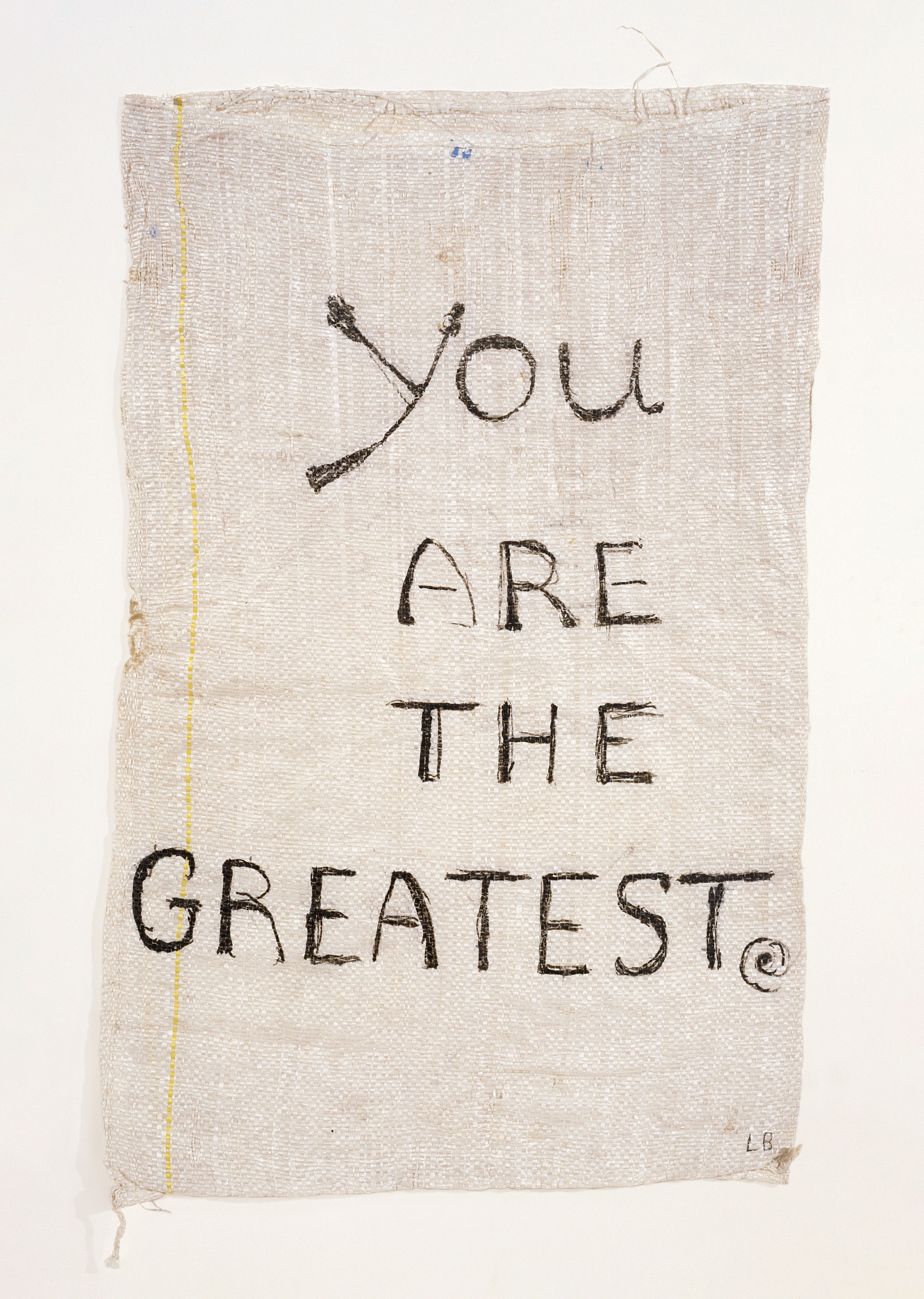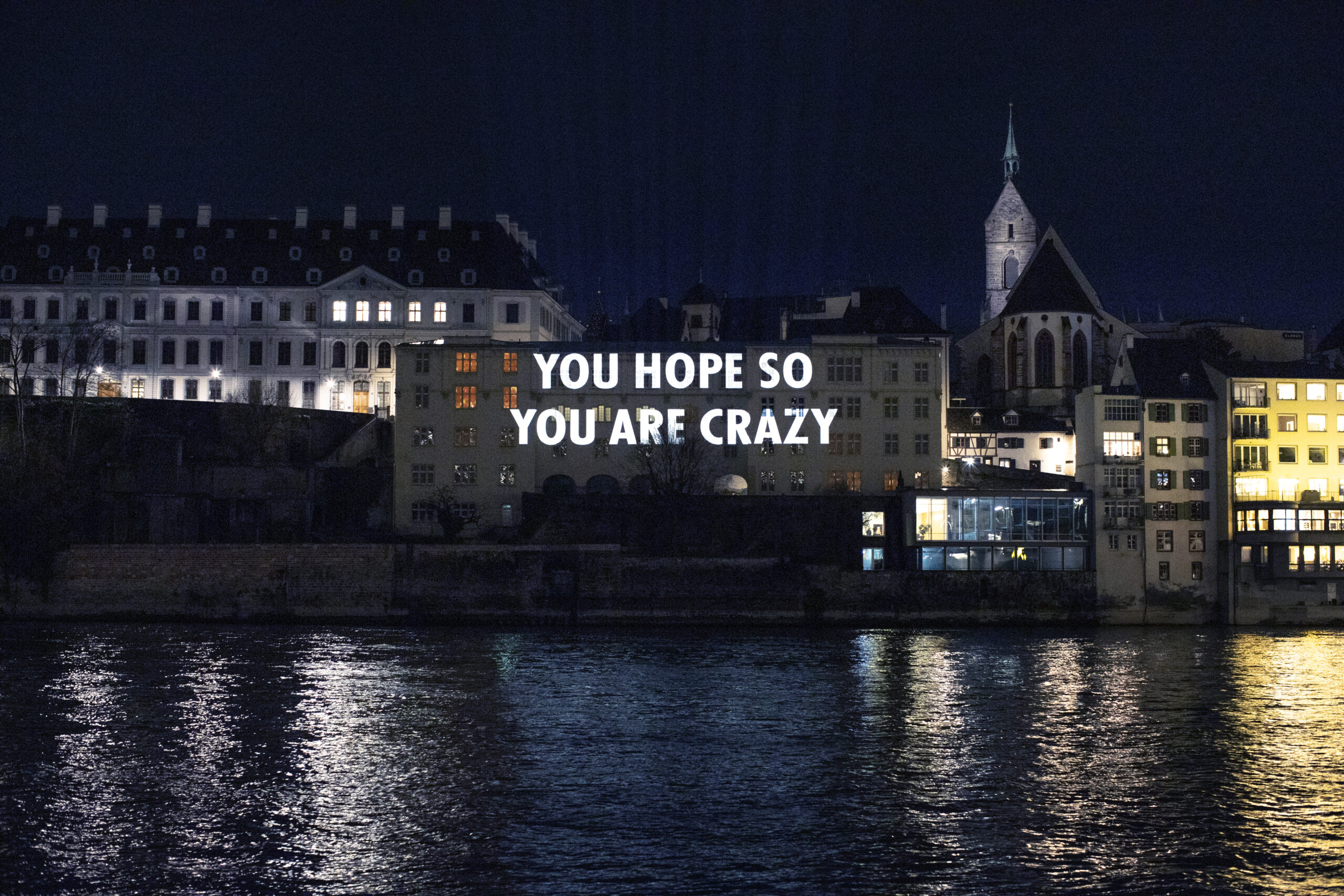
Louise Bourgeois X Jenny Holzer: The Importance of the Language
Jenny Holzer (Ohio, 1950), one of the leading artists of her generation, has curated an exhibition of the work of Louise Bourgeois (Paris, 1911– New York, 2010), who ranks among the most influential artists of the twentieth and twenty-first centuries, for the Kunstmuseum Basel. This unprecedented encounter between two giants of American art presents Bourgeois’ work as seen through Holzer’s eyes.
For the exhibition Louise Bourgeois x Jenny Holzer, Holzer (Ohio, 1959) has created thematic groupings of Bourgeois’ work in the nine galleries on the top floor of the Kunstmuseum Basel | Neubau. Forgoing chronology in favor of an intuitive and poetic logic, each room stands on its own, with its own distinct identity; and yet together the galleries give rise to a densely layered narrative about memory, the five senses, landscape, the unconscious, sexuality, motherhood, trauma, and creativity.
In her multifaceted and inventive artistic practice, Bourgeois explored the depths of her inner psychic landscape. Her heterogeneous art deals with a wide range of human emotion: love, desire, dependency, sexuality, rejection, jealousy, loss, and abandonment. Bourgeois wrote almost obsessively. Her extensive archive contains diaries and letters kept over many decades, and includes several hundred loose sheets written during the course of her psychoanalysis, which she began in 1951 shortly after the death of her father.
- Louise Bourgeois in her home on 20th Street in New York, 2004. Photo: Pouran Esrafily. © The Easton Foundation / 2021, ProLitteries, Zurich
The friendship between Bourgeois and Holzer forms the basis of this ambitious project, which might be understood as an homage by the younger artist to the older. But it is much more than that. While at first glance their work might seem radically different, there is a parallel in the artists’ use of language and, in particular, the written word. This affinity has enabled Holzer
to interpret Bourgeois’ work in subtly sensitive ways and offer a highly original perspective on her oeuvre. The Kunstmuseum Basel has given Holzer carte blanche to realize this extraordinary presentation and its related and equally unique artist’s book.
- Louise Bourgeois, Garment from performance “She Lost It”, 1992. © The Easton Foundation /2021 ProLitteris, Zurich, and VAGA at Artists Rights Society (ARS) NY
- Louise Bourgeois, Your Are The Greatest, 1991. Photo: Christopher Burke. © The Easton Foundation /2021 ProLitteris, Zurich, and VAGA at Artists Rights Society (ARS) NY
Bourgeois’ writings had an important function in her creative process. Like her artworks, they gave expression to, and sometimes alleviated, her traumas. The act of writing allowed her to consciously express what were sometimes unconscious emotions and impulses. In her work, she used the written word in many forms: embroidered on textiles, such as underpants and handkerchiefs, stamped into lead plaques, inscribed on prints, and included in certain of her Cell installations, among others. In many later works, Bourgeois mined earlier texts from her diaries and writings, conflating not only image and the written word, but also past and present.
- Louise Bourgeois X Jenny Holzer Projection. Mark Niedermann. © The Easton Foundation /2021 ProLitteris, Zurich, and VAGA at Artists Rights Society (ARS) NY
- Louise Bourgeois X Jenny Holzer Projection. Mark Niedermann. © The Easton Foundation /2021 ProLitteris, Zurich, and VAGA at Artists Rights Society (ARS) NY







